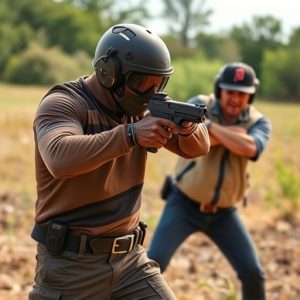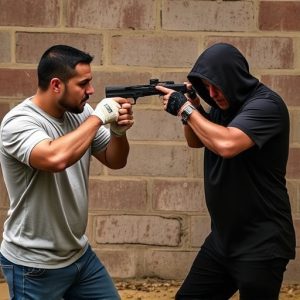Comparing Legal Self-Defense Stun Guns: Power and Regional Legalities
Understanding the legal landscape of handheld electrical self-defense tools like stun guns and taser…….
Understanding the legal landscape of handheld electrical self-defense tools like stun guns and tasers is crucial. Different regions have unique rules based on power output and responsible use, with voltage ranges typically dictating legality. Researching specific regulations ensures compliance and avoids legal issues. The most powerful legal stun weapons balance efficacy with adherence to local laws, offering practical and eco-friendly personal safety solutions.
In today’s uncertain world, personal safety is a top priority. Handheld electrical self-defense weapons, such as stun guns, offer individuals an extra layer of protection. This comprehensive guide delves into the legal landscape surrounding these devices, exploring variations in regional regulations and empowering users to make informed choices. We review the most powerful legal stun weapons on the market, analyzing their features, effectiveness, and user feedback. Additionally, we address safety, training, and ethical considerations crucial for responsible ownership.
- Understanding Legal Requirements for Self-Defense Weapons
- – Overview of laws and regulations regarding stun guns and personal defense devices
- – Variations in legal status across different regions and countries
- Key Features and Specifications of Handheld Stun Guns
Understanding Legal Requirements for Self-Defense Weapons
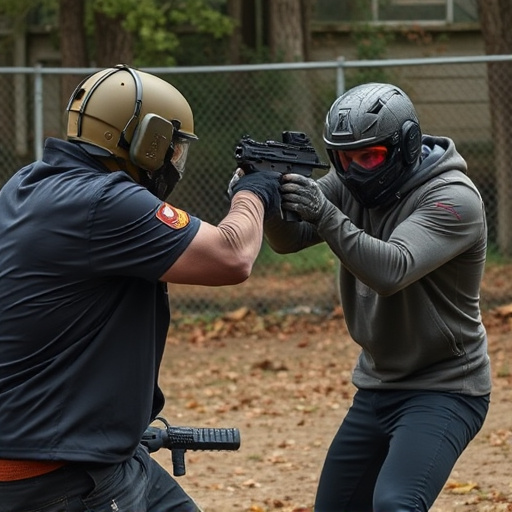
When considering a handheld electrical self-defense weapon, it’s crucial to understand the legal landscape surrounding such devices. Different regions have distinct regulations on what constitutes a legal self-defense weapon, with specific focus on stun guns and tasers. The key lies in identifying the most powerful legal stun weapons available, balancing efficacy with compliance.
Many countries and states permit the use of stun devices as long as they meet certain power output thresholds and are used responsibly. High-voltage, low-amperage stun guns and tasers—typically delivering between 30,000 to 150,000 volts—are often legal options, but users must stay within the limits set by their local laws. Understanding these legal requirements is essential before making a purchase, ensuring that any chosen self-defense weapon can be employed legally and effectively in real-world scenarios.
– Overview of laws and regulations regarding stun guns and personal defense devices
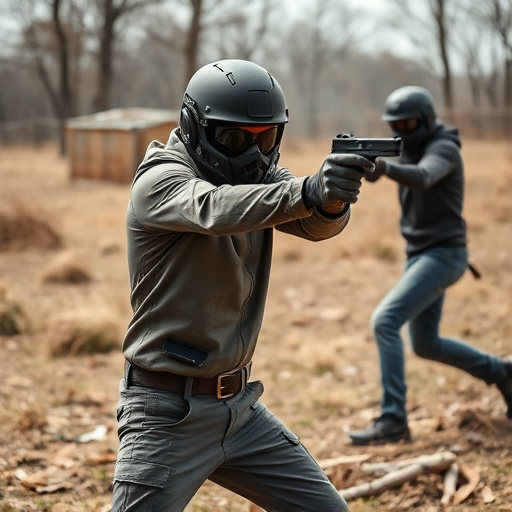
In many countries, laws and regulations surrounding stun guns and personal defense devices vary widely, with some areas embracing them as a viable option for self-defense and others strictly regulating or prohibiting their use. Understanding these legal aspects is crucial before considering the purchase of any handheld electrical self-defense weapon. The classification and regulation of stun guns often depend on factors such as voltage, current, and energy output. Generally, devices with lower voltage and current strengths are more likely to be legal in certain jurisdictions, while “most powerful legal stun weapons” typically fall into a specific power range that complies with local laws.
Before acquiring any self-defense device, individuals should research their region’s specific regulations and consult official sources. Compliance with these laws not only ensures personal safety but also prevents potential legal repercussions. It’s important to note that some areas may have restrictions on the type of stun gun allowed, its visibility (e.g., non-lethal vs. visible laser), and where it can be carried. Staying informed about these regulations empowers individuals to make informed decisions regarding their personal safety while adhering to the law.
– Variations in legal status across different regions and countries
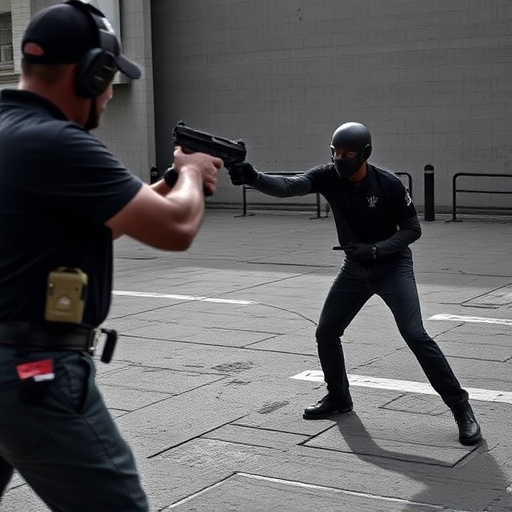
The legality of handheld electrical self-defense weapons, often referred to as stun guns or Tasers, varies significantly around the globe. In some countries, they are widely available and considered powerful legal stun weapons for personal protection. Conversely, many regions have stringent regulations or outright bans on these devices due to concerns over their potential misuse and impact on public safety. For instance, while stun guns may be legally purchased in the United States with varying restrictions by state, similar devices could be subject to strict controls or prohibition in countries like the United Kingdom or Australia.
Understanding these legal nuances is crucial when considering acquiring a handheld electrical self-defense weapon. The most powerful legal stun weapons, as perceived by their capacity to deter threats and incapacitate assailants, often correlate with higher voltage outputs and energy delivery systems. However, this power must be balanced against the legal framework that governs their use, ensuring compliance to avoid civil or criminal penalties.
Key Features and Specifications of Handheld Stun Guns
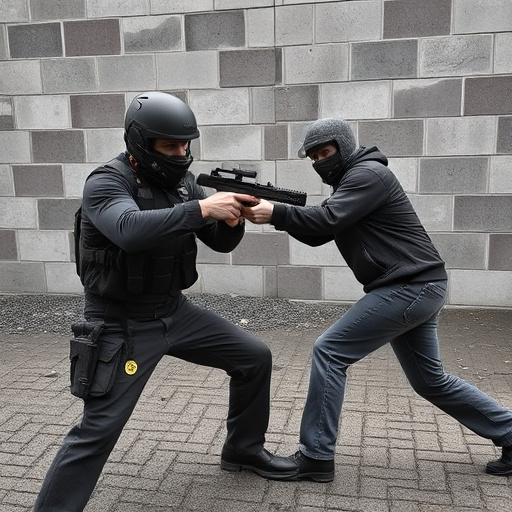
Handheld stun guns, often touted as the most powerful legal self-defense weapons, are designed to incapacitate attackers with a strong electric shock. These devices typically feature a simple design—a handheld weapon with one or more electrodes that deliver a high voltage, low-amperage pulse when activated. The key specifications to consider include voltage output, ampere rating, weight, and battery life.
Most powerful legal stun weapons on the market offer voltages ranging from 50,000 to 150,000 volts, ensuring a powerful enough jolt to deter an assailant. Ampere ratings vary as well, with many models delivering between 2 and 4 amperes of current. Lightweight designs, often made from durable materials like aluminum or plastic, ensure ease of carrying. Battery life is another critical factor; rechargeable lithium-ion batteries are favored for their longevity and eco-friendliness. Advanced features like LED flashlights and multiple firing modes further enhance their utility in self-defense scenarios.
When considering handheld electrical self-defense weapons, it’s paramount to prioritize safety and legality. While stun guns offer a non-lethal option for personal protection, understanding local laws and choosing among the most powerful legal stun weapons is essential. Features like voltage, current, range, and impact play significant roles in effectiveness. Staying informed about regulations ensures you make an informed decision, keeping yourself and others safe.
